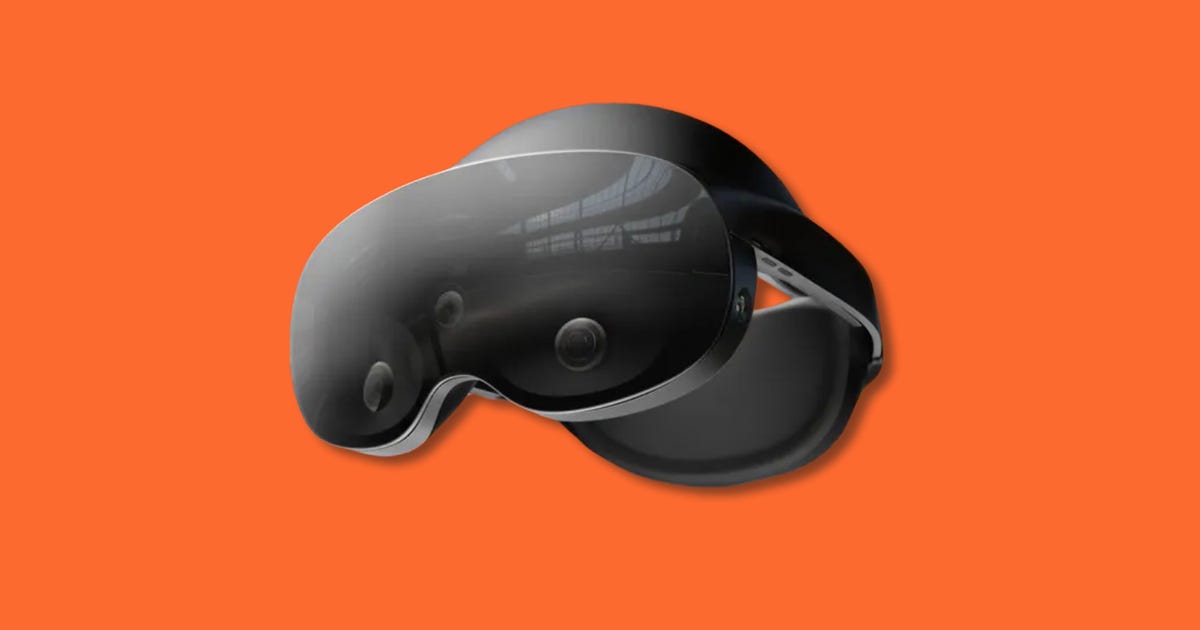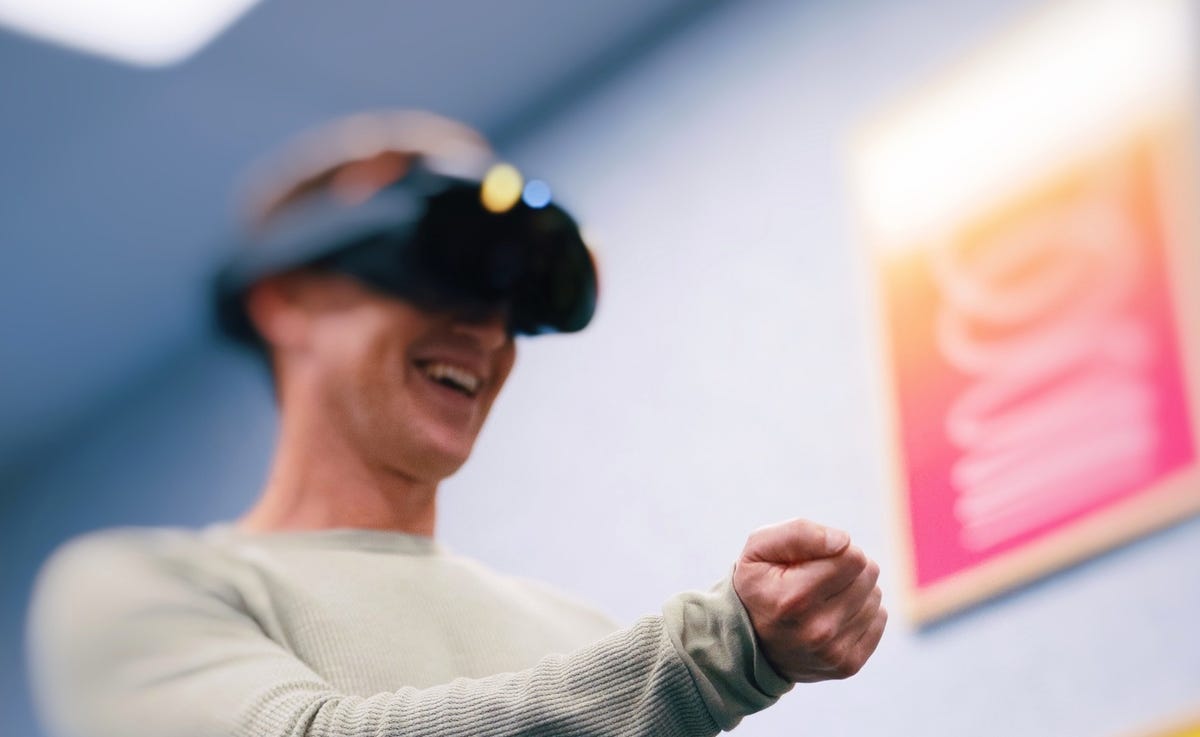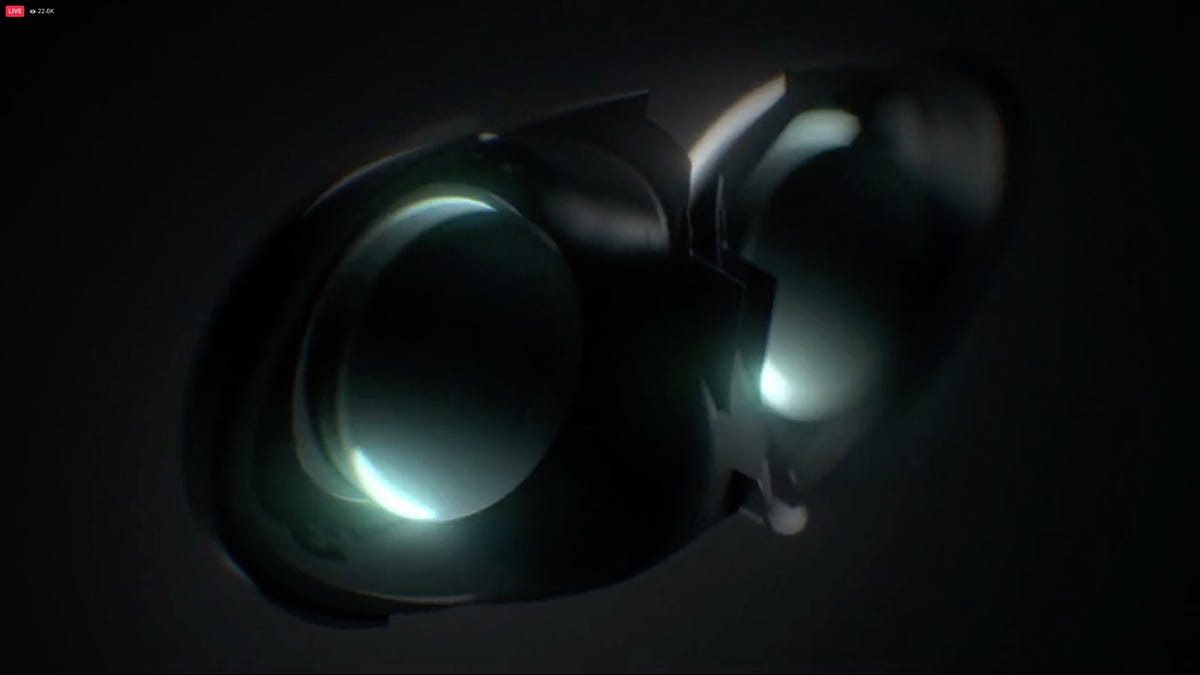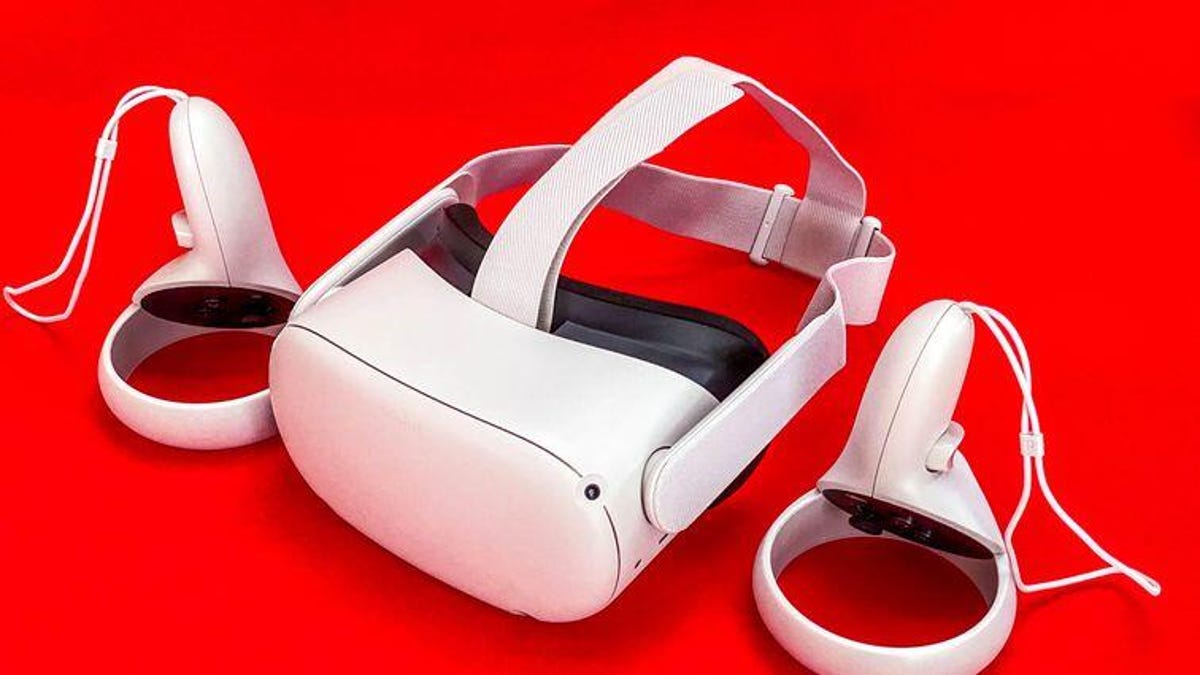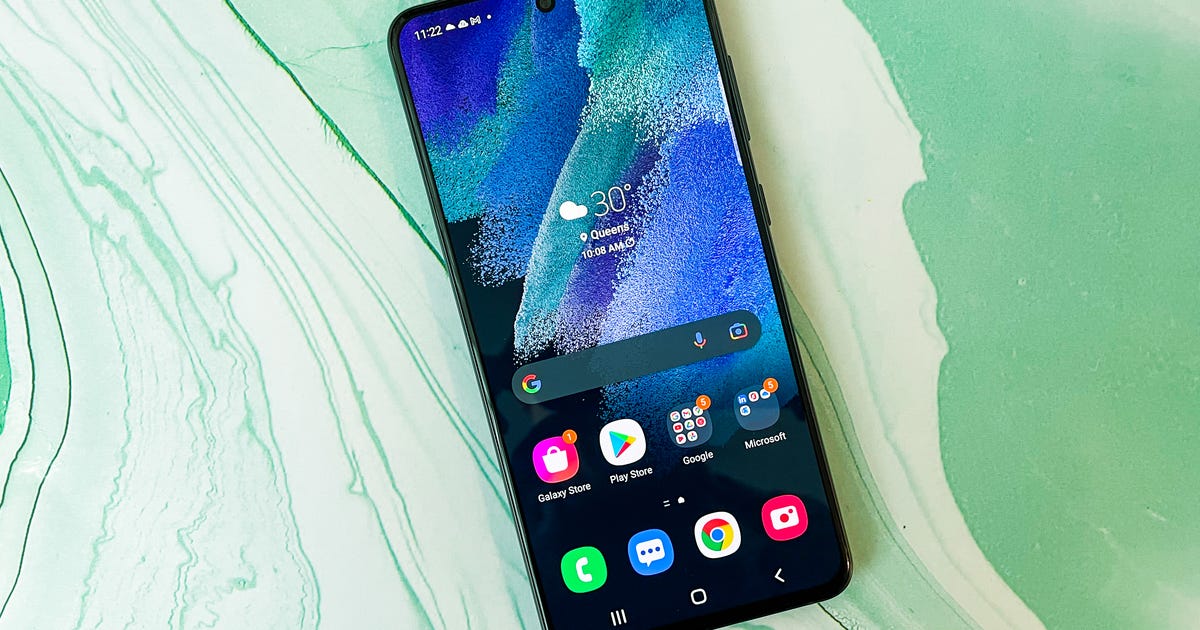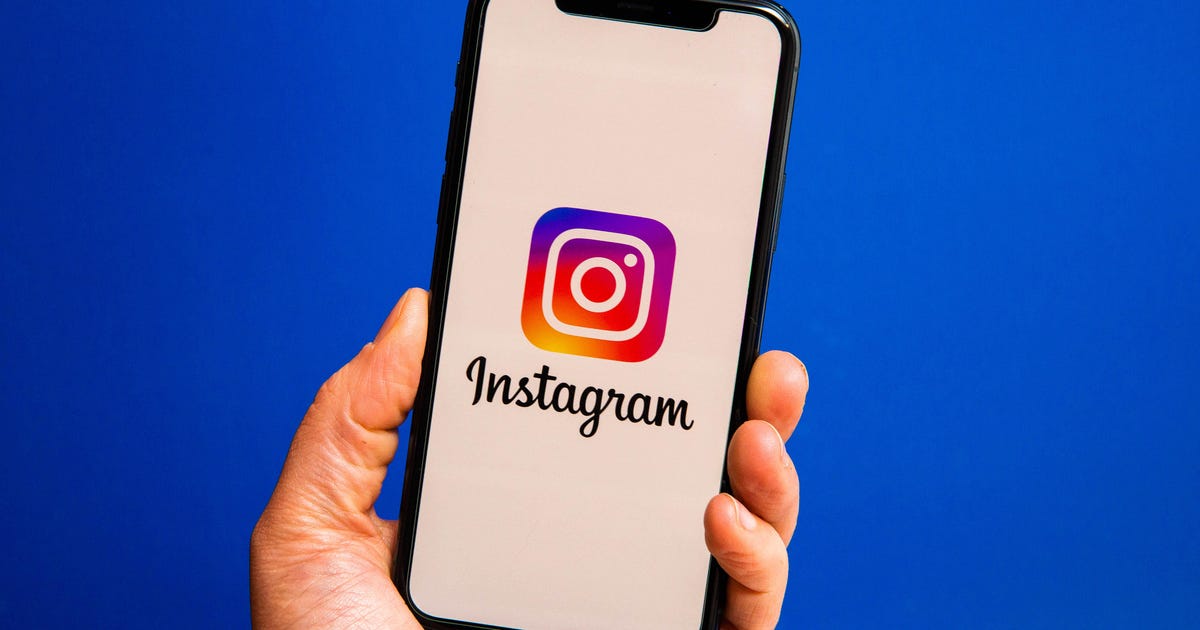
Meta Unveils New Parental Controls for Instagram, Virtual Reality
Facebook's parent company Meta said Wednesday it's rolling out new tools meant to give parents and guardians more control over how their teens use social media and virtual reality.

Instagram will let parents limit how much time their teens spend on the service.
InstagramThe social media giant is releasing the new features first on Instagram, a photo-and-video service owned by Meta. Parents will be able to view the amount of time their teens spend on Instagram and set time limits. They'll also be able to get updates about accounts their teens follow and the accounts that follow their teens.
Instagram will have a Family Center where parents can access these tools in one place and view resources such as videos and articles about how to talk to their teens about their social media use. Instagram said the tools will be available in the US on Wednesday. The company plans to roll out the features globally in the coming months.
"This is just one step on a longer path -- our vision for Family Center is to eventually allow parents and guardians to help their teens manage experiences across Meta technologies, all from one central place," said Adam Mosseri, who heads Instagram.
Meta owns messaging apps WhatsApp and Facebook Messenger along with VR headset maker Oculus.
The release of more parental controls underscores how Meta is trying to respond to criticism it's not doing enough to protect the safety of young people on its services. There are a number of issues that parents are worried about on social media, including content about suicide and eating disorders. The blowback against Instagram escalated after Frances Haugen, a former Facebook product manager turned whistleblower, leaked a trove of internal documents last year.
The Wall Street Journal published a story partly based on the documents about how Instagram knows the app is "toxic for teen girls." Research presented in 2019 found that Instagram makes body image issues worse for one in three teen girls. Teens also said Instagram increased rates of anxiety and depression, The Journal reported.
Meta pushed back on the characterization of its research, noting that Instagram also connects teens with their family and friends. The leaked research prompted US lawmakers to call several congressional hearings on the topic.
In December, Mosseri testified before Congress for the first time. At that hearing, lawmakers also expressed concerns about Instagram creating a kids' version for children under 13. Even though Instagram paused the project, Mosseri stopped short of saying the idea is permanently off the table. Instagram says the project is meant to give parents more control over the social media usage of kids between the ages of 10 and 12 who may already be on the app.
Earlier this month, US President Joe Biden also urged Congress in his State of the Union address to "strengthen privacy protections, ban targeted advertising to children, demand tech companies stop collecting personal data on our children."
As Instagram rolls out more tools for supervision, parents will also have to balance a teens' need for privacy. Teens have also found ways to circumvent parental controls, and parents don't always use the tools available to them.
For now, teens will need to activate the parental controls on the Instagram app. In June, parents will be able to initiate supervision of their teens' Instagram use through the app and the desktop site. Teens will still need to approve the request from their parents.
Instagram said it will also release more tools in the coming months, such as the ability for parents to set the hours their teens are allowed to browse Instagram. More than one guardian will also be able to supervise a teens' Instagram account.
Meanwhile, Meta has been pushing forward with plans to build the metaverse, virtual worlds where people will be able to work, socialize and shop.
VR, though, has the same problems found on social media such as harassment and underage users. To use the Oculus VR headset, you're supposed to be at least 13 years old.
Meta said in May it will start rolling out more supervision tools in VR. The company will start to automatically block teens from downloading or purchasing apps in VR that are inappropriate for their age. Parents will have the ability to override the blocks and teens will also be able to request this as well.
"Different teens have different maturity levels, and parents know their teens best. We also know that customizable controls, teen autonomy and adjustable settings are important to our community," Meta said in a blog post.
The Oculus mobile app will include a dashboard where parents can manage these tools. In April, parents will be able to prevent teens from accessing games that are inappropriate for their age by using an "unlock pattern" to lock access to these apps. Oculus users create this pattern as an extra level of security to prevent others from accessing their devices or saved passwords.
Parents will also be able to view all the apps their teens own, receive notifications when a purchase is made, view who is on their friends list on Oculus and also see how much time their teens spend in VR.
Source
Tags:
- Parental Control New Episodes
- Go To Parental Controls
- Parental Control Where Are They Now
- Parental Control On Mtv
- Meta Quest 2 Parental Controls
- Parental Control New Episodes
- Go To Parental Controls
- Meta New Privacy Policy
- New Meta Project Coming
- Meta Will Stop Making Portal For
- Meta Unveils New Ai Supercomputer
